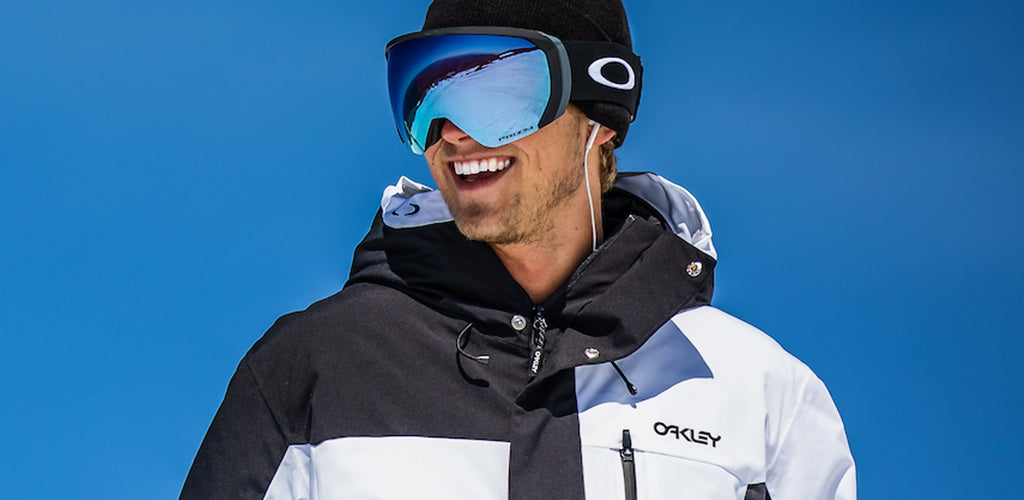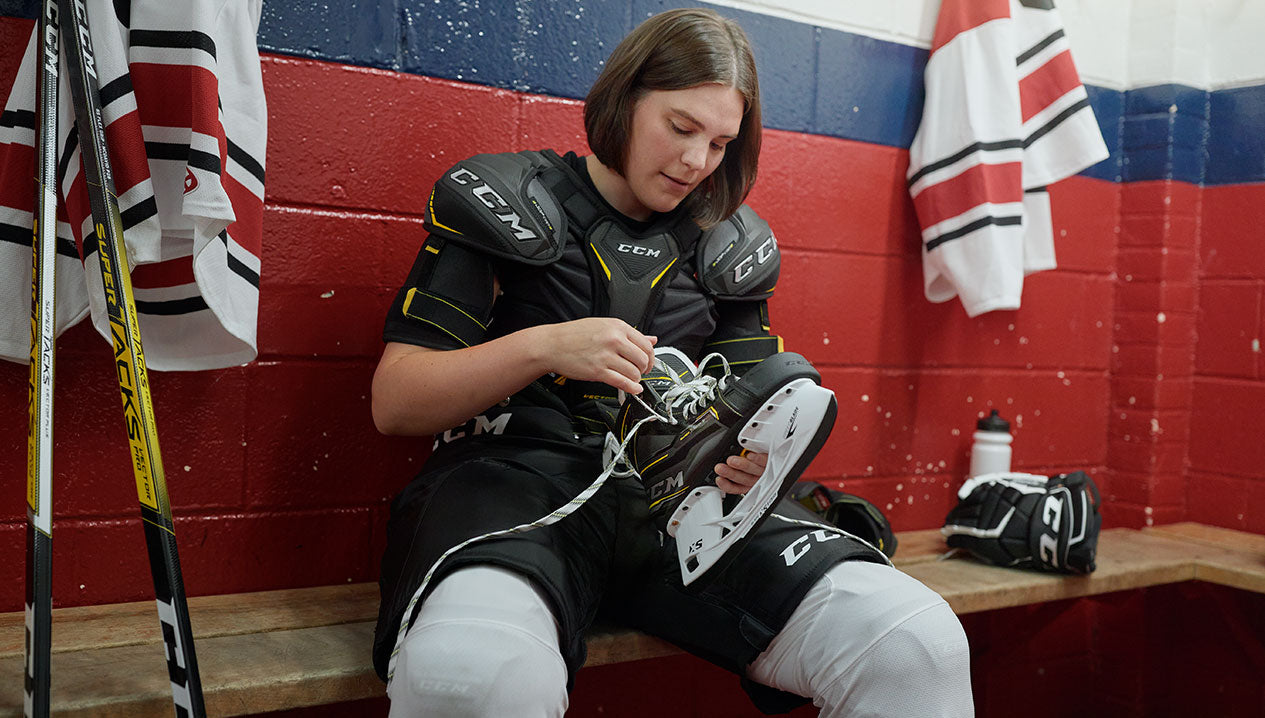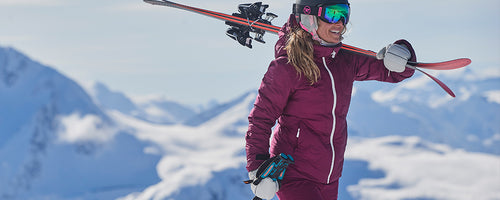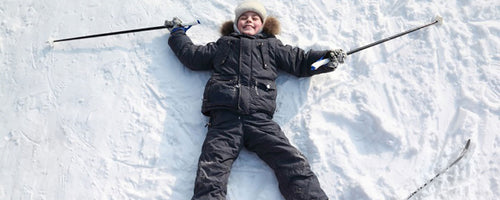How To Choose a Snow Goggle Lens

You may have the newest skis and the most comfortable boots, but if you can’t see down the hill you will literally be running into trouble.
Many people underestimate the importance of goggles with a proper lens. To protect your eyes and improve your vision, having the correct goggle lens can make or break your day on the slopes.
Factors to consider when purchasing a goggle and lens are:
- Lens Shape
- Lens Colour & Tint
- Multiple Lenses
- Lens Fogging
Lens Shape: Spherical vs Cylindrical
A spherical shaped lens is available in mid to high price point goggles and offer excellent vision with little distortion. Strategically planned curves that wrap horizontally and vertically around your face reduce glare and help with enhanced depth perception. The cosmetic look of a spherical lensed goggle appears round and sits further off your face.
Goggles with a cylindrical shaped lens are found in the mid to low price range and offer good performance. A cylindrical lens curves horizontally while remaining flat vertically, and is not as effective for defined peripheral vision or reduction of glare like a spherical lens.
Lens Colour & Tint
A major reason to wear goggles is to protect your eyes from the sun. Many goggles now have UV protection within the lens; this protects your eyes from high UV rays that can damage your retinas.
Different coloured lenses allow for different amounts of light to pass through to your eyes; this is called Visible Light Transmission (VLT). The higher the number of VLT, the higher amount of light is allowed to pass through the lens, and the lower the number, the stronger the lens will block out the light. For example, on a bright sunny day you would want a goggle with VLT 10-25%. A low light, snowy or foggy day you want a goggle with a VLT between 70-90%.
Mirrored lenses have a coating on the outside of the lens to reflect light. This allows for limited light into the goggle, resulting in reduced glare and increased visual clarity, especially on sunny days. Having a mirror tint to your goggle lens truly picks up the low light and allows for exceptional depth perception in the snow.
| Goggle Tint Guide | ||
|---|---|---|
Lens Colour |
Conditions |
%VLT |
| Blackout Mirror | Bright sunny days | 10% |
| Red/Green Sol X | Bright sunny days | 16% |
| Ignitor Mirror | All purpose for low/medium days as well as sunny days | 35% |
| Blue/Red Sensor Mirror | Good for low and medium light | 50% |
| Rose | Universal tint, good for all conditions | 25% |
| RC36 | Universal tint good for all conditions | 36% |
| Yellow | Night skiing, low light overcast | 60% |
| Clear | Night time skiing | 85% |
Shop All Ski & Snowboard Goggles
Like sunglasses, snow goggles are available in Polarized lenses, which will radically increase the price. The polarized lens acts as a filter when light is reflected at a higher intensity off surfaces, and cuts glare more effectively than a standard mirrored lens. Increased contrast and definition is the reason why people enjoy skiing with a polarized lens; it’s hard to switch back once you have experienced vision through a polarized lens.
Multiple Lenses
Many goggles come with the option of multiple lenses, however, if you are a recreational skier one versatile lens colour will be fine. If you are an avid skier experiencing all kinds of weather conditions and enjoy night skiing, having a second lens to interchange as an option is smart. Brands such as Oakley and Smith have designed goggles with super-easy, interchangeable technology so you don’t struggle switching your lenses in and out.
Lens Fogging
When you are exploding down the hill at high speeds and working hard on each and every turn, your body creates sweat. When there is moisture within your goggle, it creates condensation and the goggles will fog up, blurring your vision. Goggles have vents which draw the moisture out keeping the face dry, however if your vents are blocked with snow or the venting system is not compatible with the shape of your helmet, fogging will occur. Goggles with a spherical lens give more room between your face and the goggle, allowing for better air flow. Don’t remove your goggles as you ride up the chairlift as this can cause major fogging - keep the goggles on your face until you go in for a break.
Tips & Care
- Be aware how you place your goggles on the table; do not have the lens touch the hard surface. Place them on the foam side with lens facing upwards; this reduces possibility of scratches.
- To clean your lens, use a soft goggle cloth or glasses cloth, not your sleeve or sweater.
- When storing, make sure goggles are dry and place in a case or soft goggle bag. Don’t put goggles in direct heat or sunlight to dry.
Remember if you can’t see, you can’t ski!
Bring your ski helmet when you visit your local Source For Sports ski shop - Our experts will ensure your goggles integrate with your helmet and deliver the best performance.
For expert advice on Ski, Snowboard, or everything Winter, come see us at your local Source for Sports winter sports store near you. We'll find the equipment that is right for your experience, level of skill, and budget. We Fit Your Game.
Join Source Nation to get the latest news on product launches, Source Exclusive product lines, tips and tricks for parents and players, and more!



